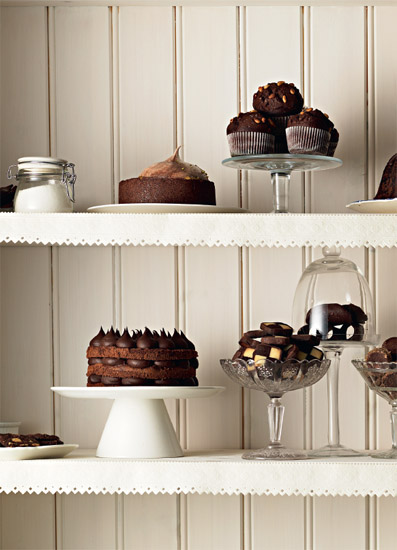
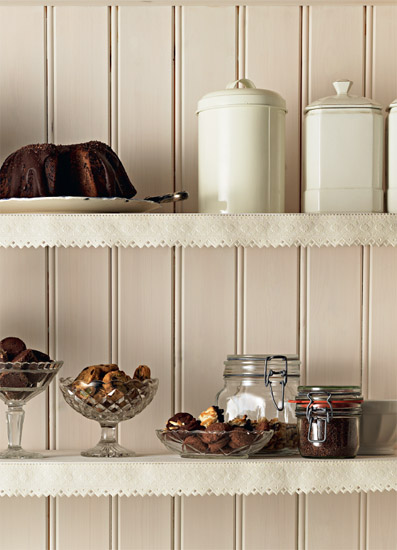 Copyright 2012 by Magnus Johansson Photography Copyright Fabian Bjrnstjerna Translation Copyright 2012 by Lisa Lindberg All Rights Reserved. No part of this book may be reproduced in any manner without the express written consent of the publisher, except in the case of brief excerpts in critical reviews or articles. All inquiries should be addressed to Skyhorse Publishing, 307 West 36th Street, 11th Floor, New York, NY 10018. Skyhorse Publishing books may be purchased in bulk at special discounts for sales promotion, corporate gifts, fund-raising, or educational purposes. Special editions can also be created to specifications. , a Delaware corporation. www.skyhorsepublishing.com 10 9 8 7 6 5 4 3 2 1 Library of Congress Cataloging-in-Publication Data is available on file. www.skyhorsepublishing.com 10 9 8 7 6 5 4 3 2 1 Library of Congress Cataloging-in-Publication Data is available on file.
Copyright 2012 by Magnus Johansson Photography Copyright Fabian Bjrnstjerna Translation Copyright 2012 by Lisa Lindberg All Rights Reserved. No part of this book may be reproduced in any manner without the express written consent of the publisher, except in the case of brief excerpts in critical reviews or articles. All inquiries should be addressed to Skyhorse Publishing, 307 West 36th Street, 11th Floor, New York, NY 10018. Skyhorse Publishing books may be purchased in bulk at special discounts for sales promotion, corporate gifts, fund-raising, or educational purposes. Special editions can also be created to specifications. , a Delaware corporation. www.skyhorsepublishing.com 10 9 8 7 6 5 4 3 2 1 Library of Congress Cataloging-in-Publication Data is available on file. www.skyhorsepublishing.com 10 9 8 7 6 5 4 3 2 1 Library of Congress Cataloging-in-Publication Data is available on file.
ISBN: 978-1-61608-827-9 eISBN: 978-1-62087-741-8 Printed in China 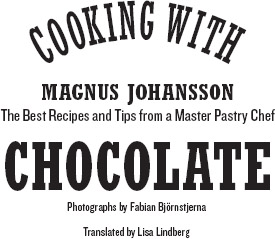
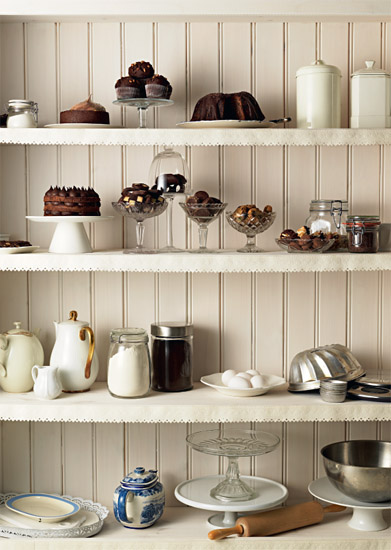
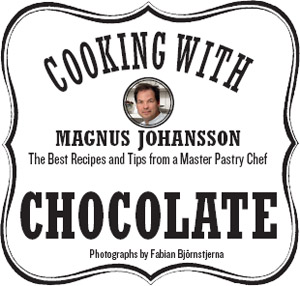
 SKYHORSE PUBLISHING
SKYHORSE PUBLISHING 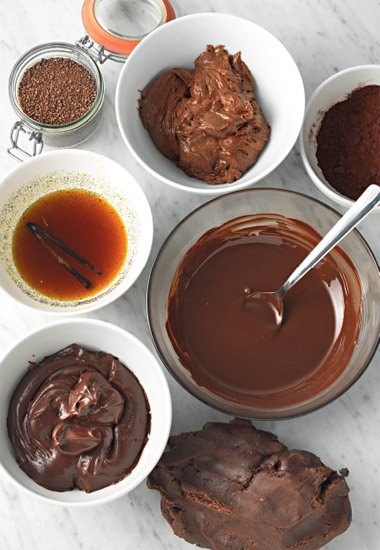

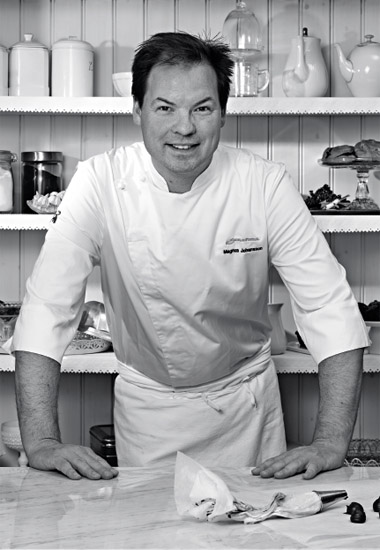
Welcome to My World of Chocolate!
T he best thing I know is to work with my hands and I am proud to be a confectioner and pastry chef: a real craftsman. My hands have made desserts for eight Nobel dinners and His Majesty King Carl Gustafs sixtieth birthday. They have won Olympic gold and won the World Cup together with other nimble fingers on the Swedish culinary team. These hands have shown millions of television viewers how to create different pastries, and they have made sculptures in sugar, tons of chocolate pralines, hundreds of thousands of buns, and much more.
Cooking with Chocolate is a book for everyone who wants to learn my craft. With reliable recipes and pictures that explain certain tricky steps, I want to introduce you to my world.
At the same time, I know that it takes practice to succeed. When I receive questions from my customers about why their souffls do not rise in the oven or why their chocolate mousse curdles, the answer is almost always that they have to practice more. Like with every other profession or sport, practice makes perfect. Besides practicing in the kitchen, you need good raw ingredients. When I was new to this profession, I met a salesman who said that what I was doingthat is, baking bread and making pralines without using processed and prepackaged ingredientsdid not have a future. I would never make any money that way.
I explained that I would rather die as a poor idiot than simply an idiot. I cant remember what he answered to that. But I do know that now, about 20 years later, my philosophy is timely. I stick to real, fresh ingredients, and cook and bake everything from scratch, even if it is more expensive and time-consuming. Today it feels even more important to work that way, since I and other craftsmen like me have become an endangered species. I wish that the politicians would do more to help us make a living with this occupation.
I hope that you will try to tackle one or many recipes in my book. I think you will find it so entertaining, and the results will be so tasty that you will use the book often. Your hands will get to practice and will manage more and more difficult challenges. I wish for you to experience how knowledge of good ingredients brings more joy to your lifefor example, chewing slowly and feeling the taste of a hazelnut that grew in Piedmont in northern Italy. It shows what I mean by good quality. Good luck in the kitchen! Confectioner and Pastry Chef
Magnus Johansson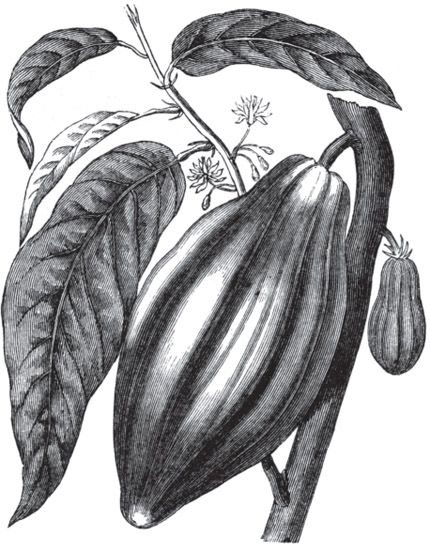
In Love with Chocolate
I love chocolate and I am happy to say that interest in chocolate is growing in Sweden, while at the same time the selection of both cacao and chocolate is growing.
Since 2001 I, together with my colleague Tony Olsson, have arranged Swedens Chocolate Festival at the Nordiska Museet in Stockholm. We have seen a greater number of visitors each year. It is fantastic and fun! To me it is obvious that you should choose chocolate the same way you choose your wine, which means that I choose based on which cacao beans have been used and where they grew. That is why I wish that more manufacturers would tell more about their product. That would make it easier to find the quality and taste you are looking for. There are several typical flavor characteristics in the different cacao beans.
The best way to find your favorites is to sample your way through the wonderful world of chocolate. TYPES OF CACAO The three main groups of cacao are Forastero, Trinitario, and Criollo. Within each group there are hundreds of variations. FORASTERO When you taste certain Forastero beans, they are very bitter, while others are mild and fruity. The flavor of the chocolate depends on what Forastero beans it is made of. The beans are mostly grown in West Africa and South America.
TRINITARIO These are almost only grown in the Caribbean and countries that border the Caribbean Sea. These beans have a fruity and charming flavor. CRIOLLO The best Criollo beans come from Venezuela and Mexico. I wish that all people on this earth at least once in their lifetime could experience the taste of a chocolate cake made purely with Criollo beans. FROM CACAO BEAN TO CHOCOLATE After being harvested, the cacao beans ferment for a few days and are then dried and roasted. Beans that are roasted for a shorter time and at a lower temperature keep the fruity flavors of the bean.
Longer roasting time and a higher temperature give a more bitter flavor. After roasting, the beans are mixed by a skilled chocolate maker. The roasted beans are processed in two rounds. First they need to pass through heavy stone or steel rollers and are ground into a thick paste known as cocoa mass. In this part of the process cacao powder and cacao butter are also produced. The cacao mass that will become chocolate is mixed with sugar.
The first mixture is gritty and will be pressed and rolled again until the desired consistency is achieved. 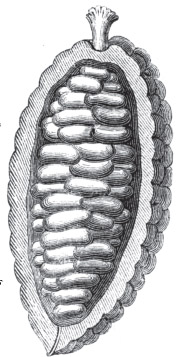 CONCHE Conching is the last and essential step in chocolate making. The mass is kneaded and mixed at a temperature of 140-176F (60-80C). The conche creates friction between the cacao and sugar particles, and they are sanded and surrounded by cacao butter. The chocolate mass becomes smooth, buttery, and easy to melt. The heat causes the liquid content of the mass to sink and neutralizes the tart and bitter flavors, enhances the aroma of the cacao, and gives the chocolate a more balanced flavor.
CONCHE Conching is the last and essential step in chocolate making. The mass is kneaded and mixed at a temperature of 140-176F (60-80C). The conche creates friction between the cacao and sugar particles, and they are sanded and surrounded by cacao butter. The chocolate mass becomes smooth, buttery, and easy to melt. The heat causes the liquid content of the mass to sink and neutralizes the tart and bitter flavors, enhances the aroma of the cacao, and gives the chocolate a more balanced flavor.
Next page
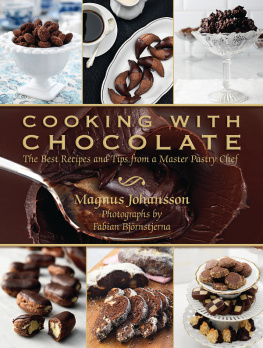

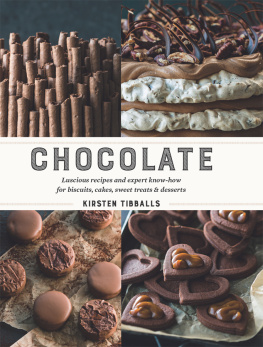
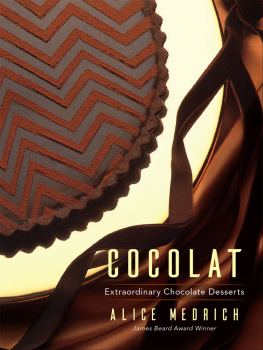
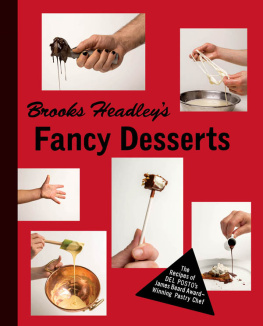
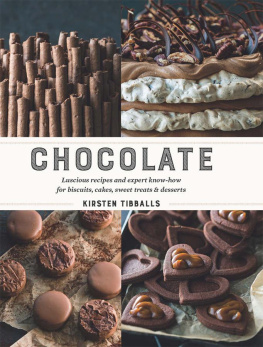
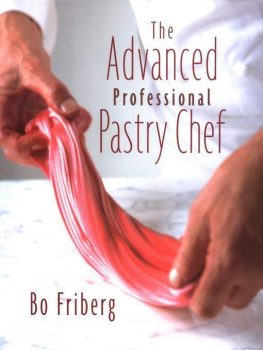
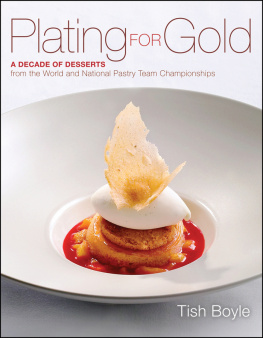
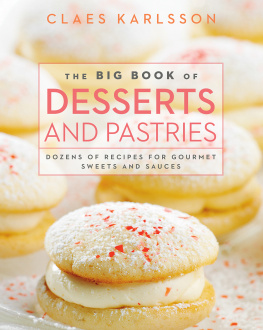

 Copyright 2012 by Magnus Johansson Photography Copyright Fabian Bjrnstjerna Translation Copyright 2012 by Lisa Lindberg All Rights Reserved. No part of this book may be reproduced in any manner without the express written consent of the publisher, except in the case of brief excerpts in critical reviews or articles. All inquiries should be addressed to Skyhorse Publishing, 307 West 36th Street, 11th Floor, New York, NY 10018. Skyhorse Publishing books may be purchased in bulk at special discounts for sales promotion, corporate gifts, fund-raising, or educational purposes. Special editions can also be created to specifications. , a Delaware corporation. www.skyhorsepublishing.com 10 9 8 7 6 5 4 3 2 1 Library of Congress Cataloging-in-Publication Data is available on file. www.skyhorsepublishing.com 10 9 8 7 6 5 4 3 2 1 Library of Congress Cataloging-in-Publication Data is available on file.
Copyright 2012 by Magnus Johansson Photography Copyright Fabian Bjrnstjerna Translation Copyright 2012 by Lisa Lindberg All Rights Reserved. No part of this book may be reproduced in any manner without the express written consent of the publisher, except in the case of brief excerpts in critical reviews or articles. All inquiries should be addressed to Skyhorse Publishing, 307 West 36th Street, 11th Floor, New York, NY 10018. Skyhorse Publishing books may be purchased in bulk at special discounts for sales promotion, corporate gifts, fund-raising, or educational purposes. Special editions can also be created to specifications. , a Delaware corporation. www.skyhorsepublishing.com 10 9 8 7 6 5 4 3 2 1 Library of Congress Cataloging-in-Publication Data is available on file. www.skyhorsepublishing.com 10 9 8 7 6 5 4 3 2 1 Library of Congress Cataloging-in-Publication Data is available on file.


 SKYHORSE PUBLISHING
SKYHORSE PUBLISHING 



 CONCHE Conching is the last and essential step in chocolate making. The mass is kneaded and mixed at a temperature of 140-176F (60-80C). The conche creates friction between the cacao and sugar particles, and they are sanded and surrounded by cacao butter. The chocolate mass becomes smooth, buttery, and easy to melt. The heat causes the liquid content of the mass to sink and neutralizes the tart and bitter flavors, enhances the aroma of the cacao, and gives the chocolate a more balanced flavor.
CONCHE Conching is the last and essential step in chocolate making. The mass is kneaded and mixed at a temperature of 140-176F (60-80C). The conche creates friction between the cacao and sugar particles, and they are sanded and surrounded by cacao butter. The chocolate mass becomes smooth, buttery, and easy to melt. The heat causes the liquid content of the mass to sink and neutralizes the tart and bitter flavors, enhances the aroma of the cacao, and gives the chocolate a more balanced flavor.